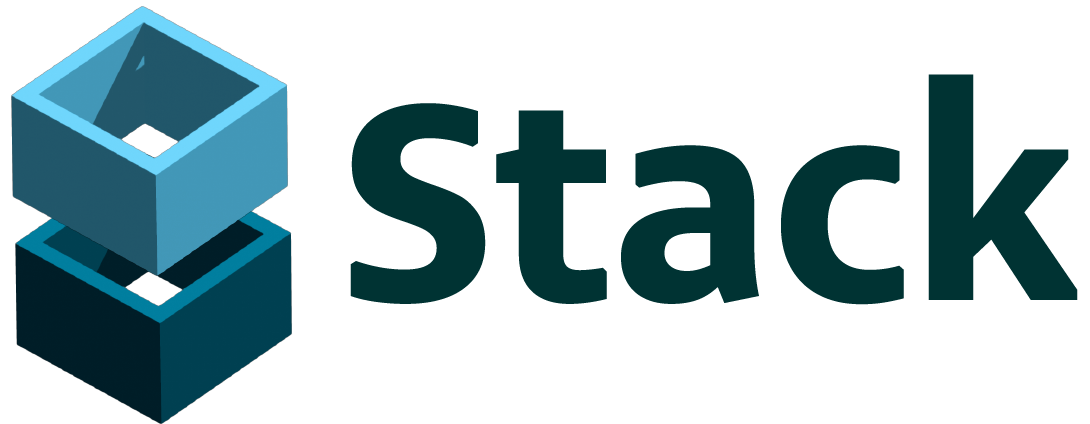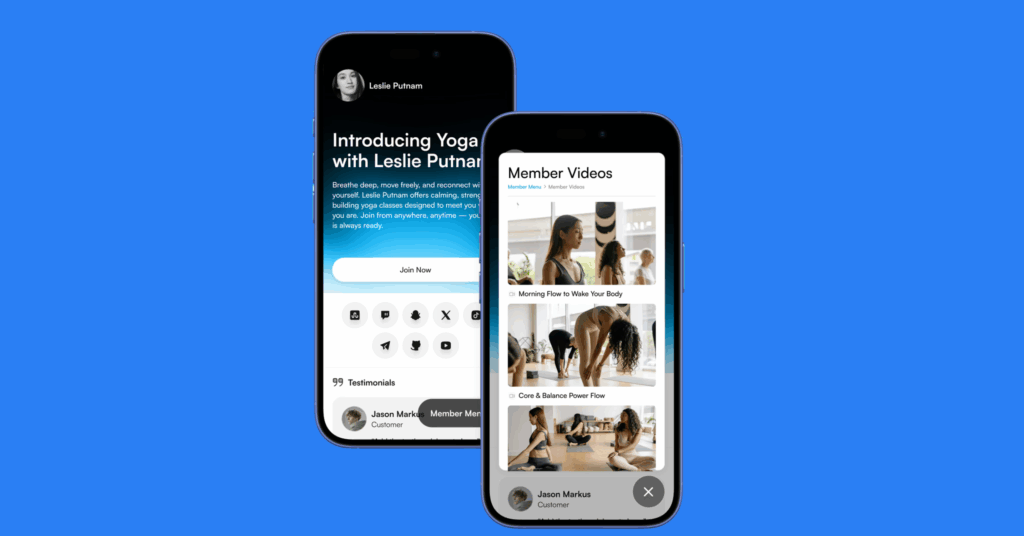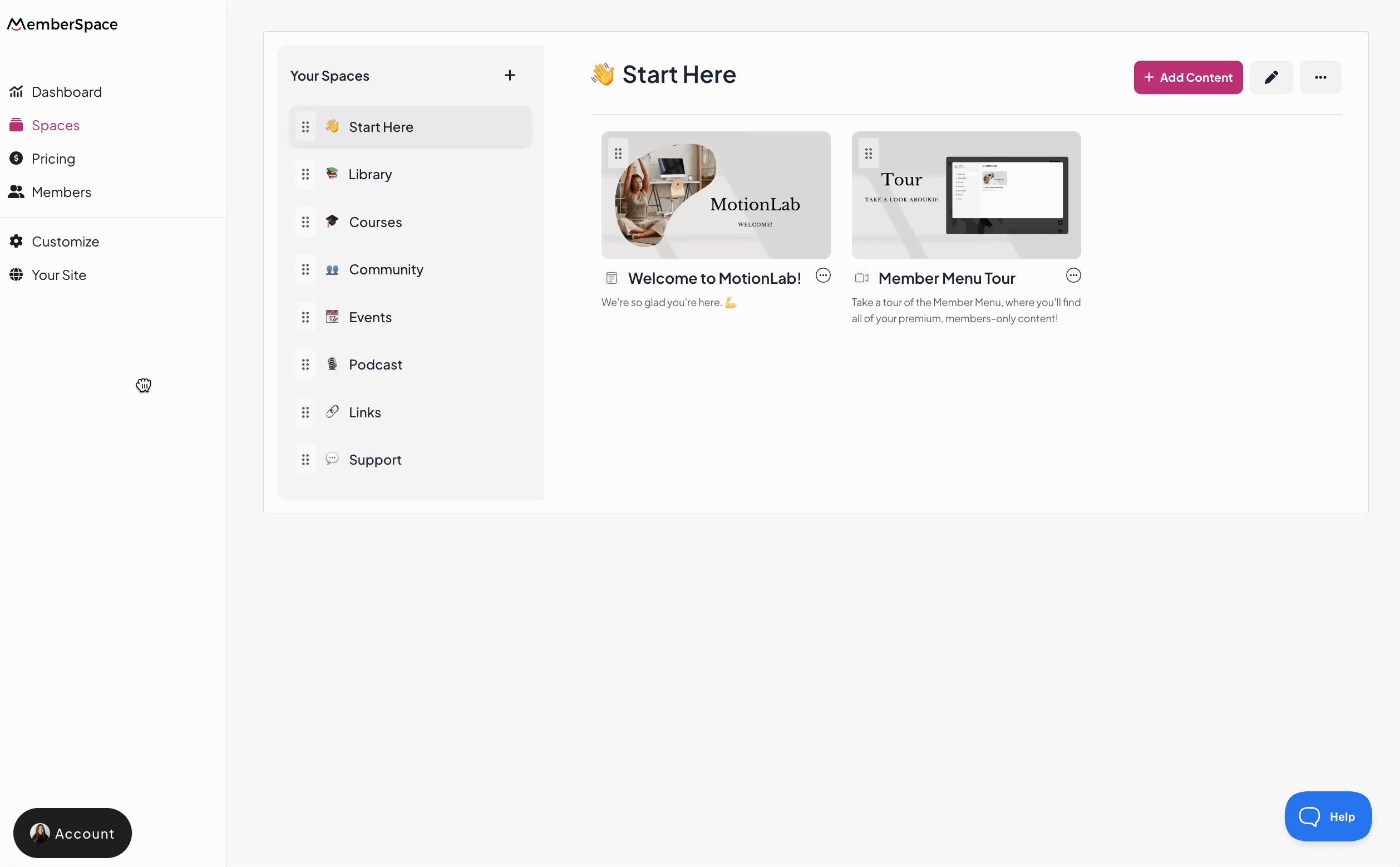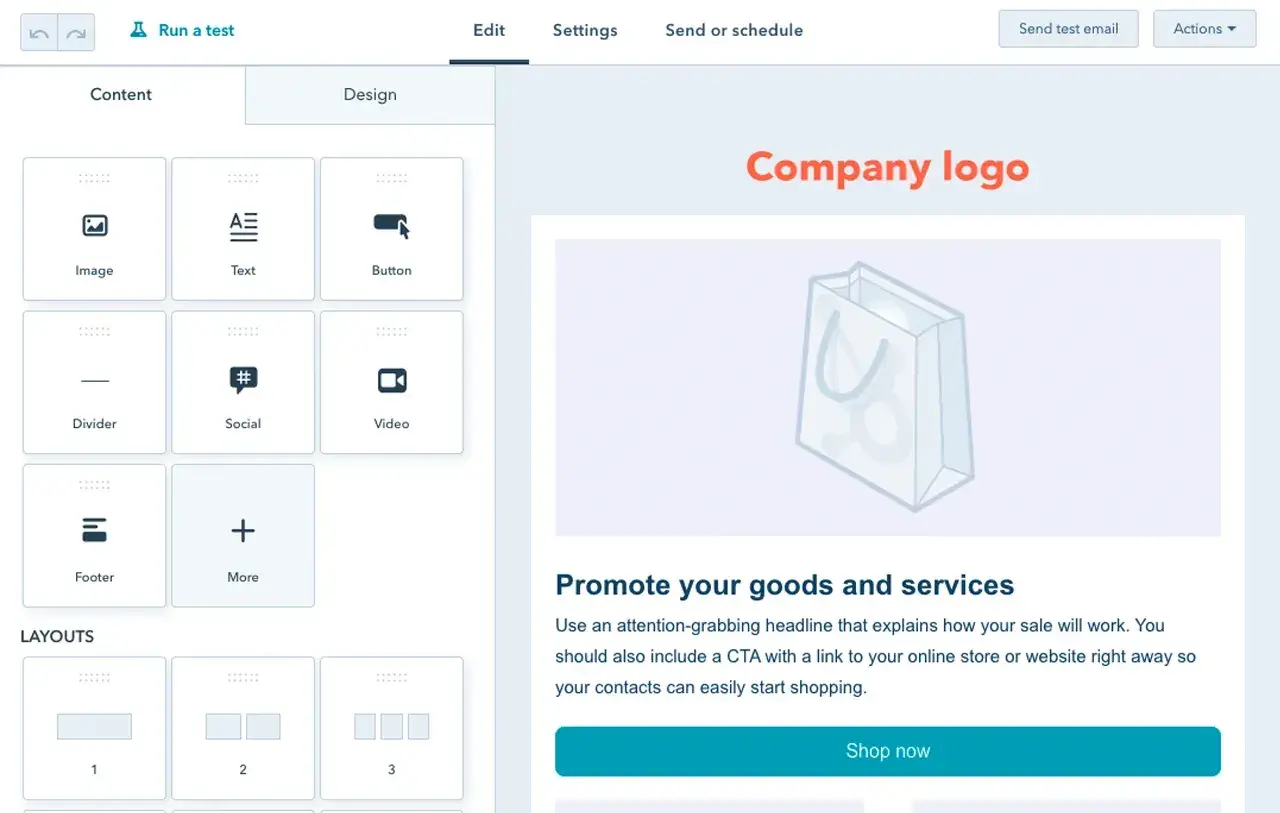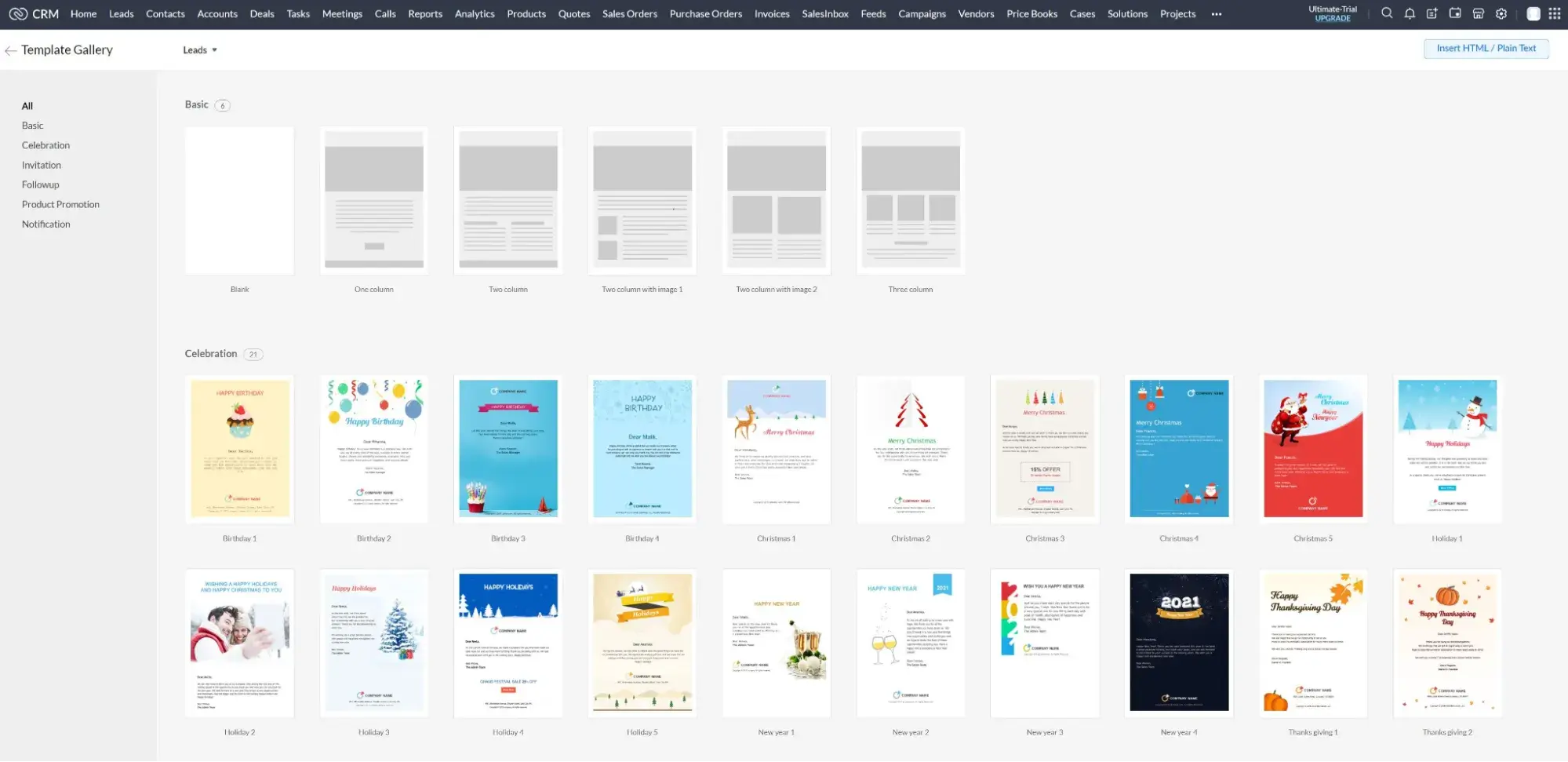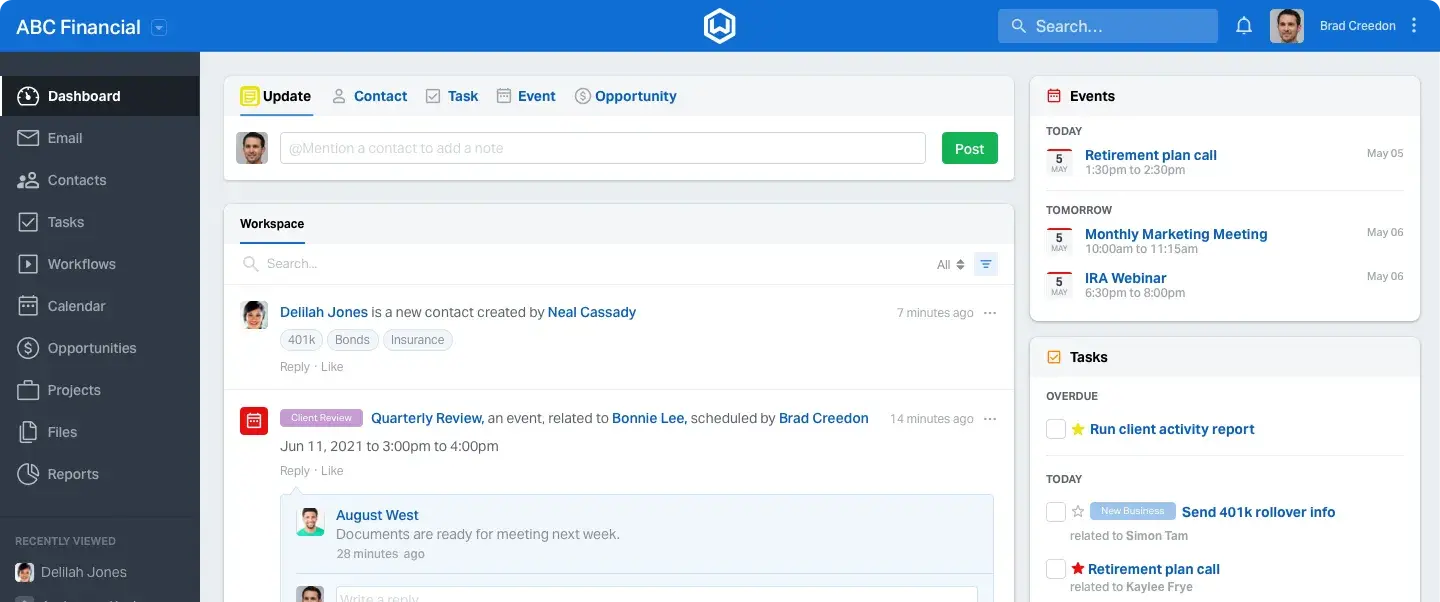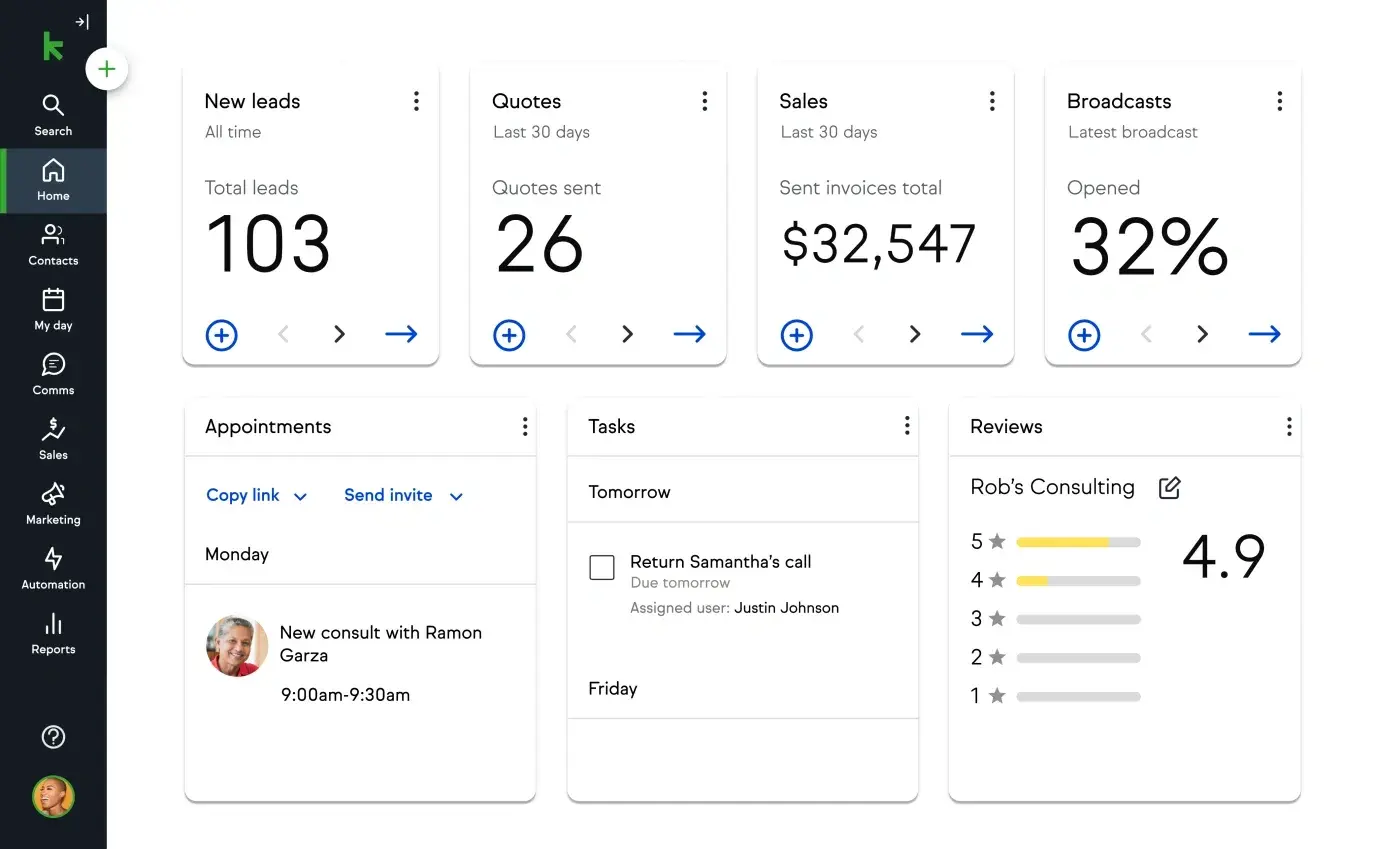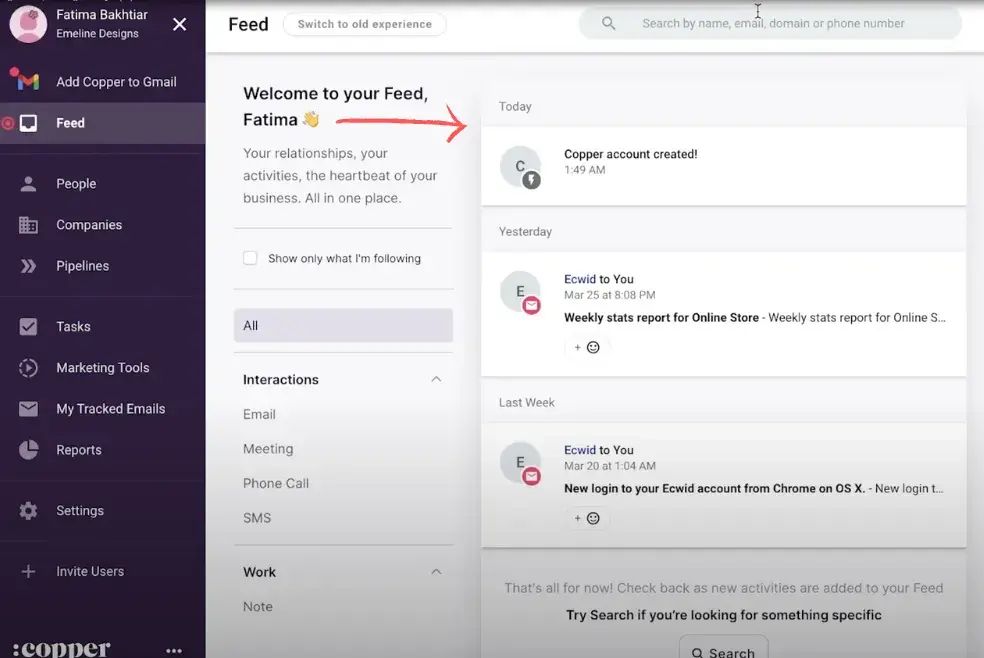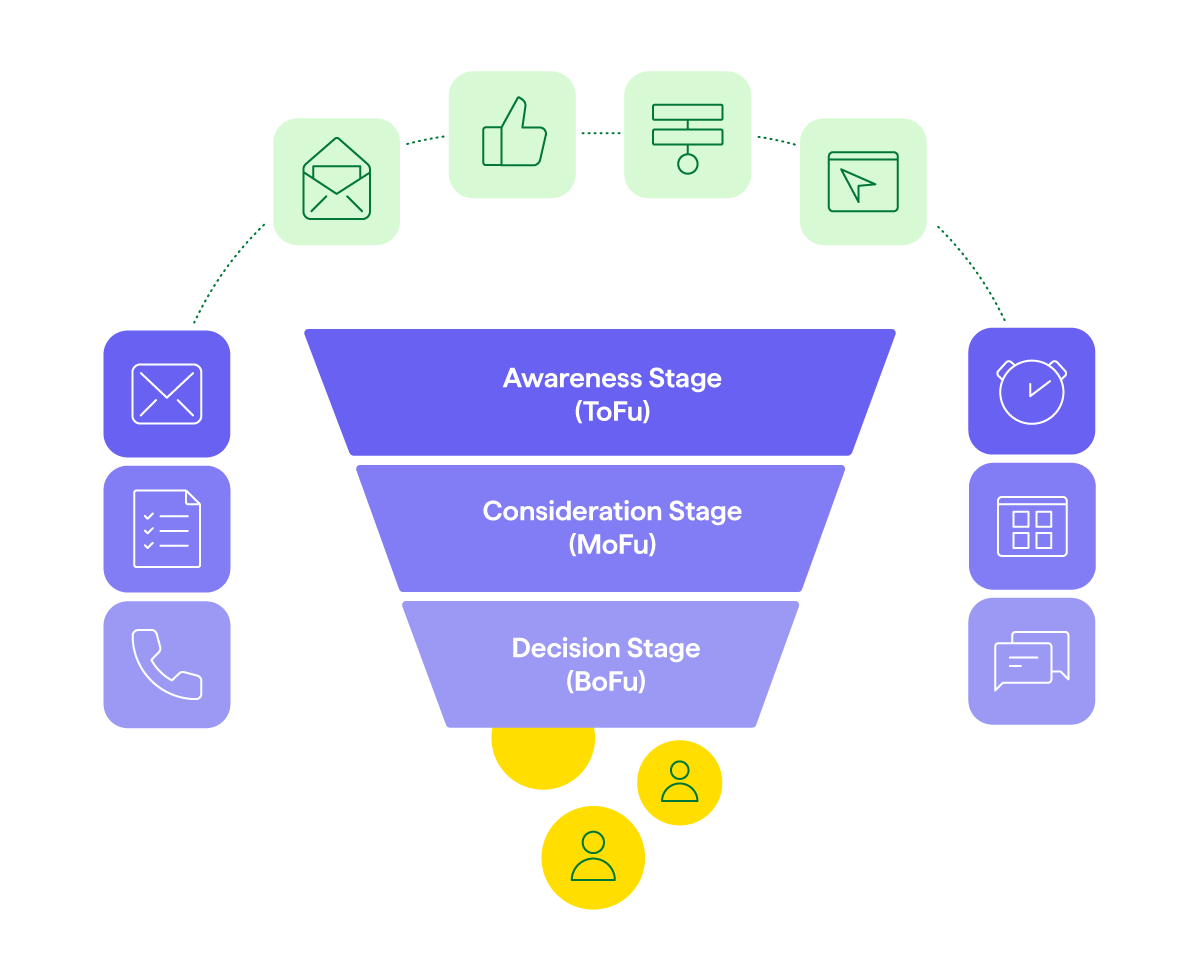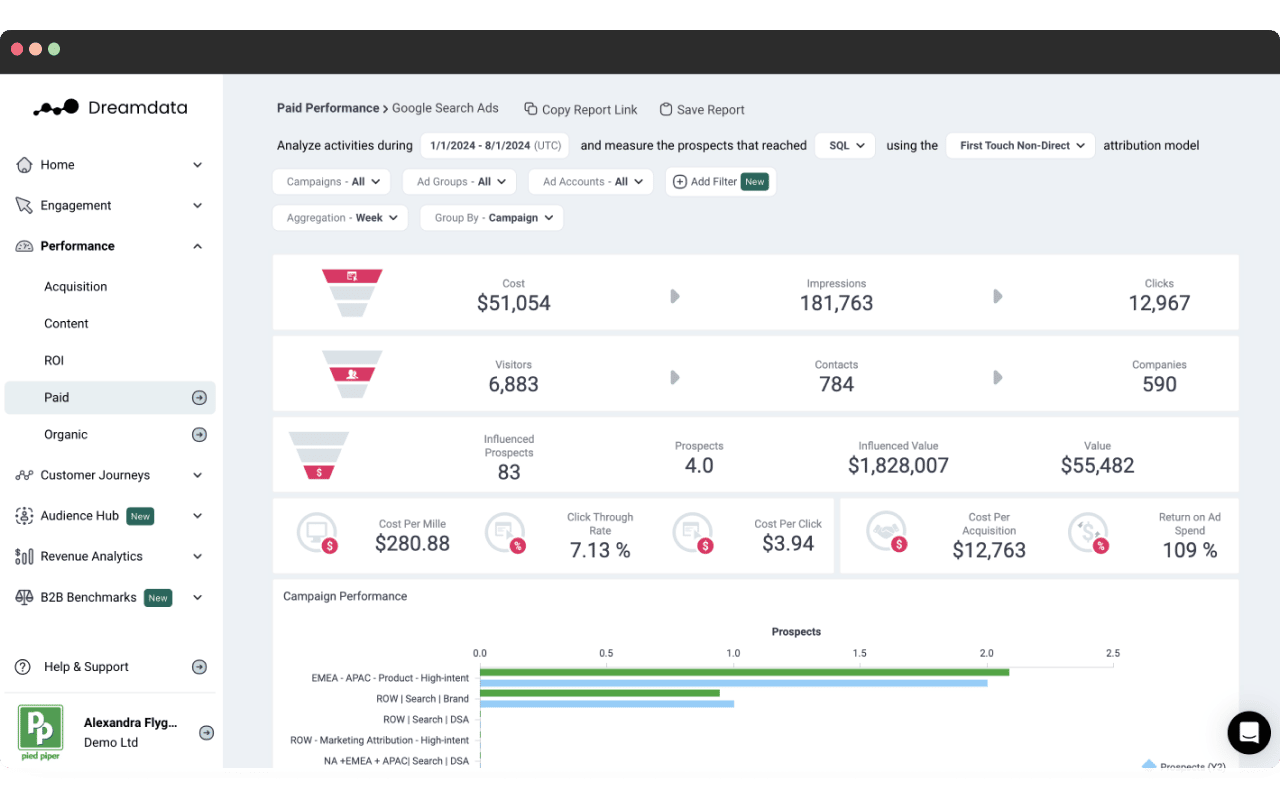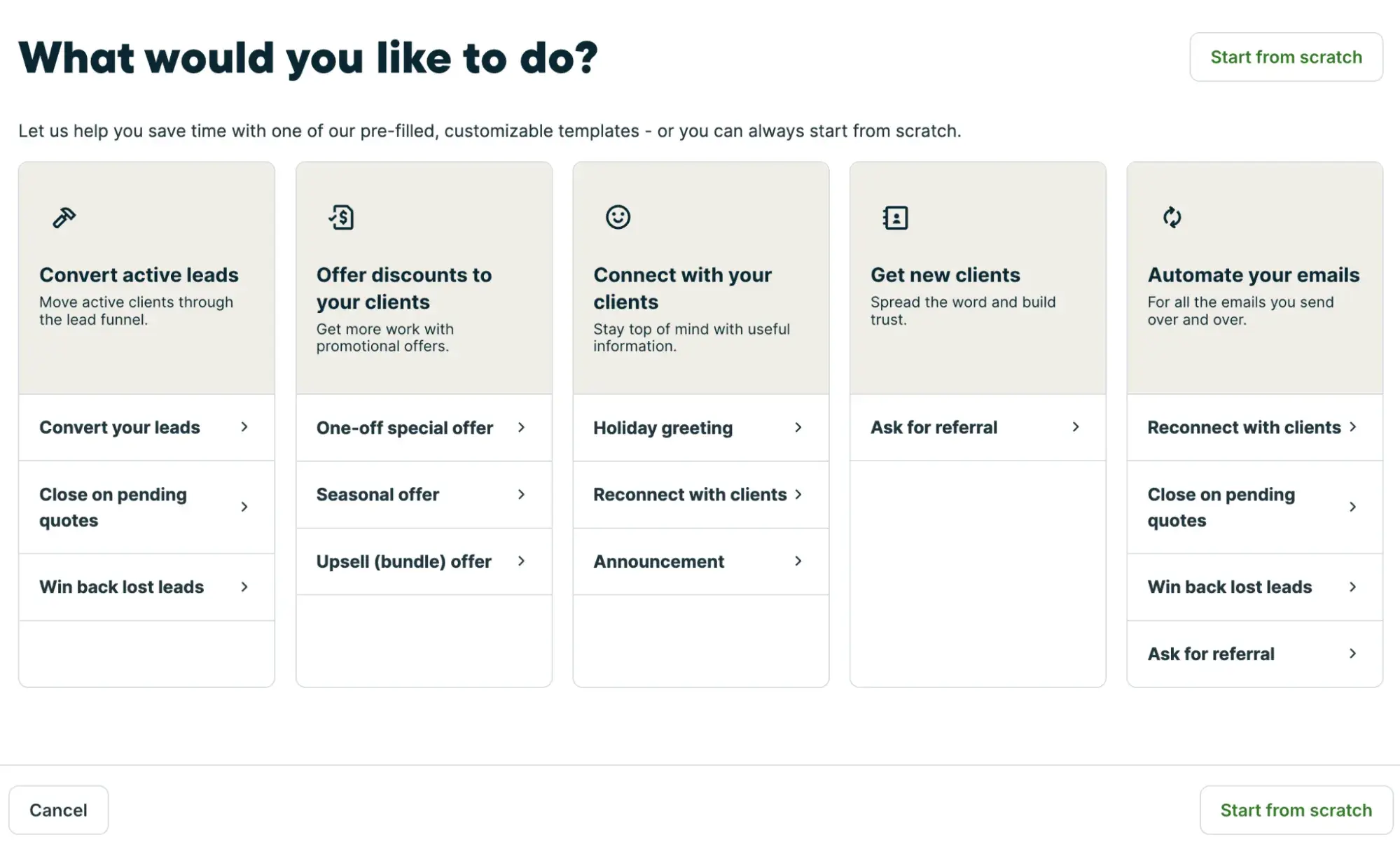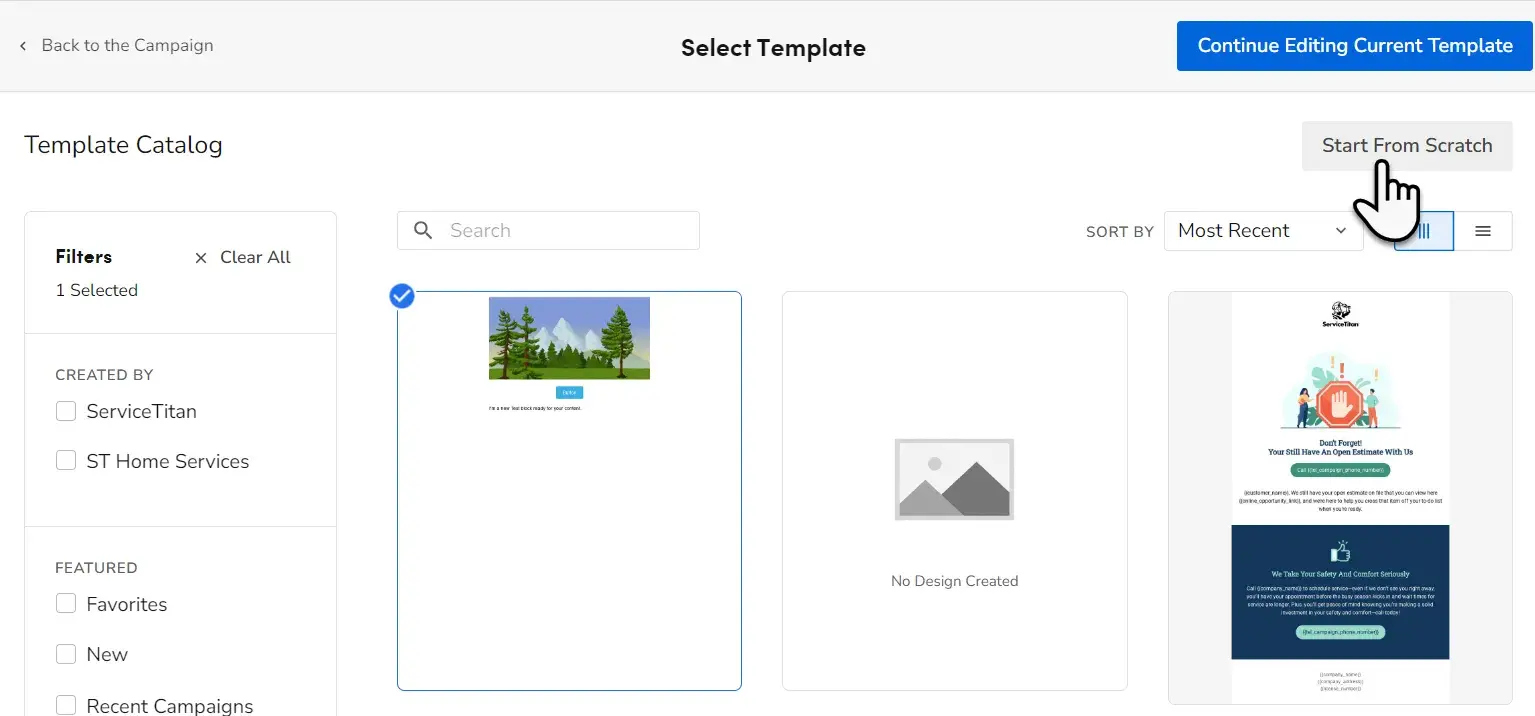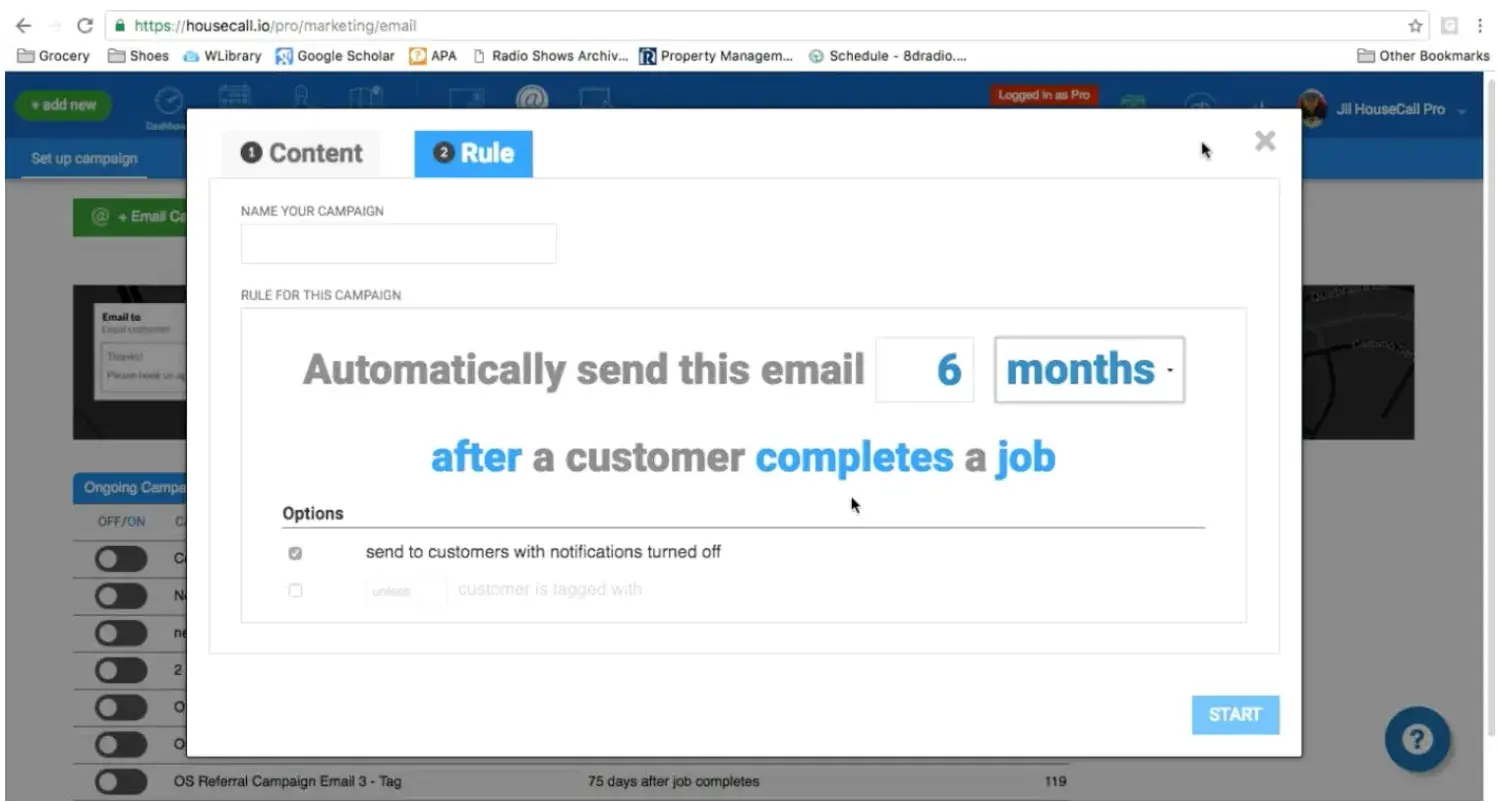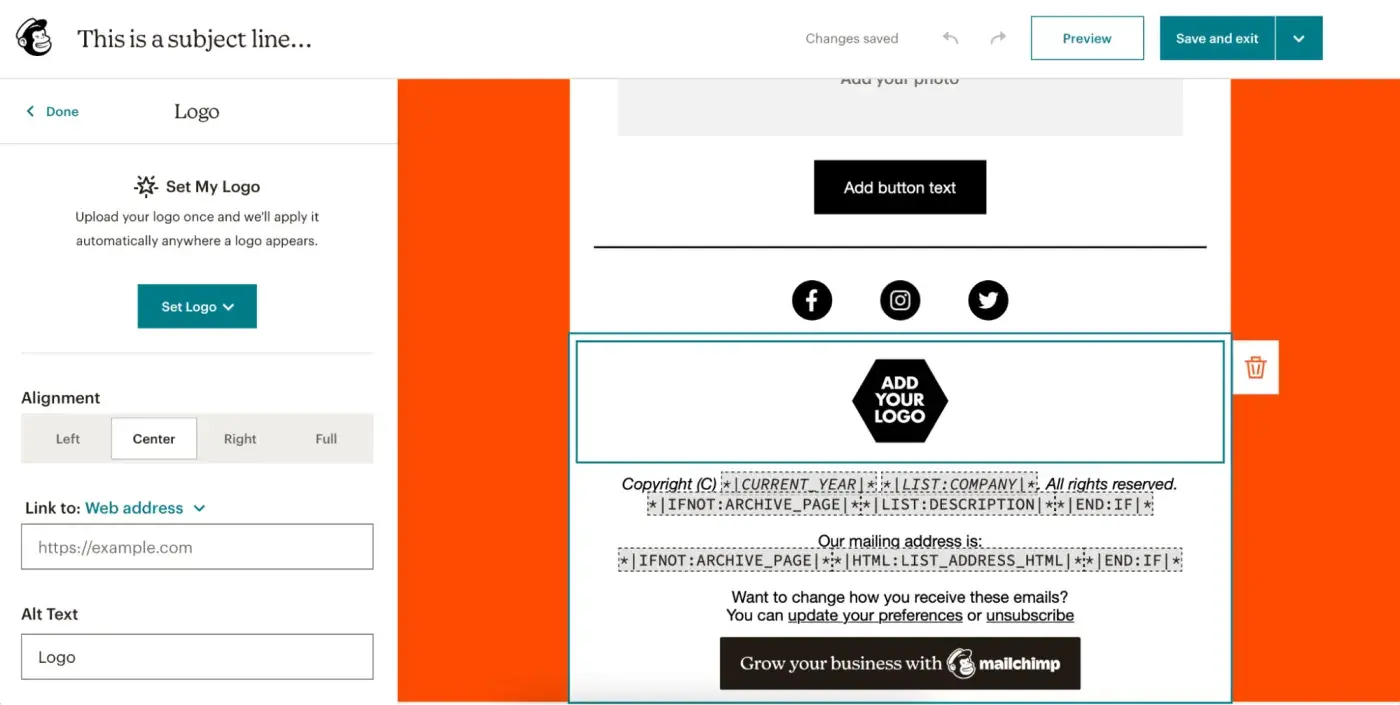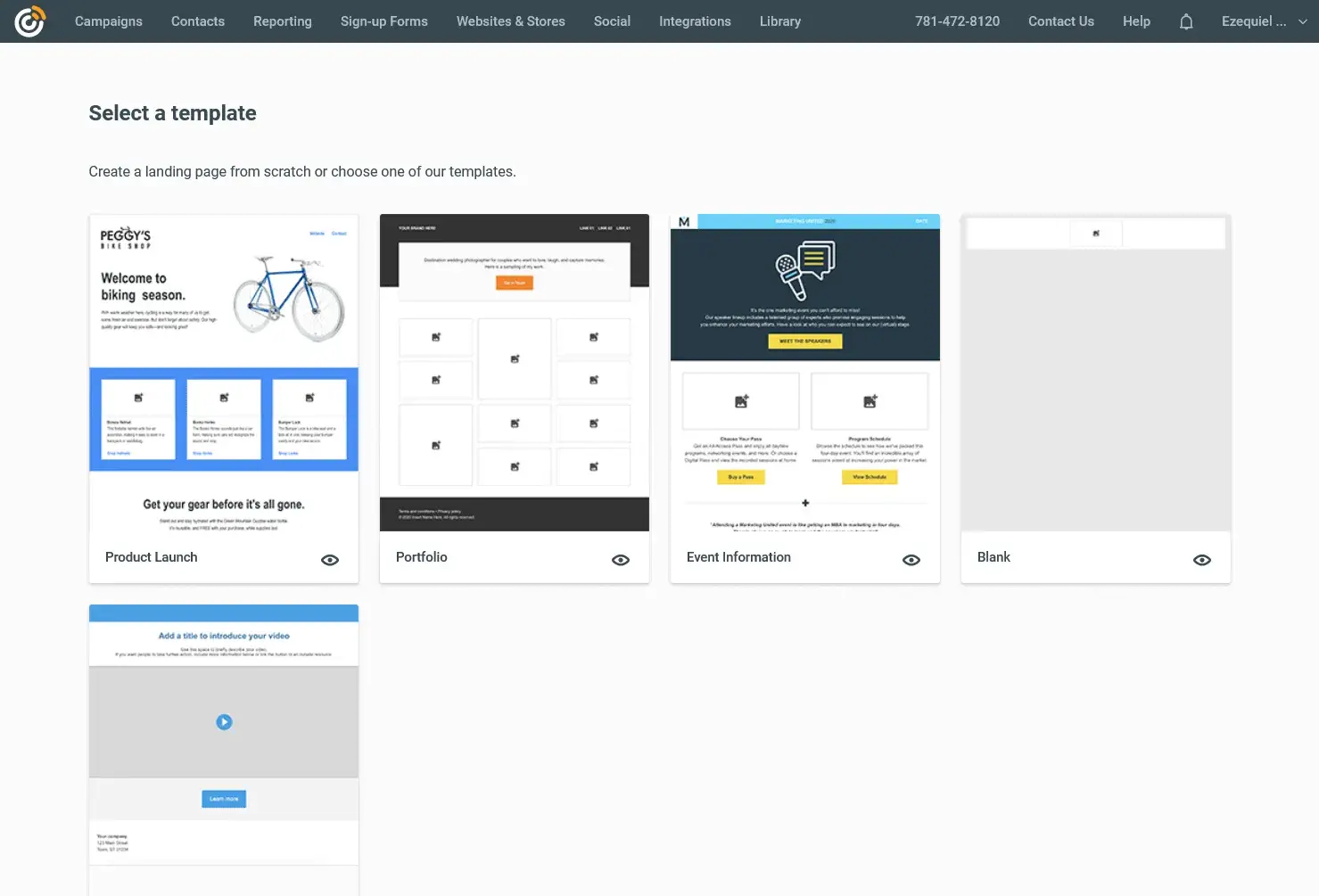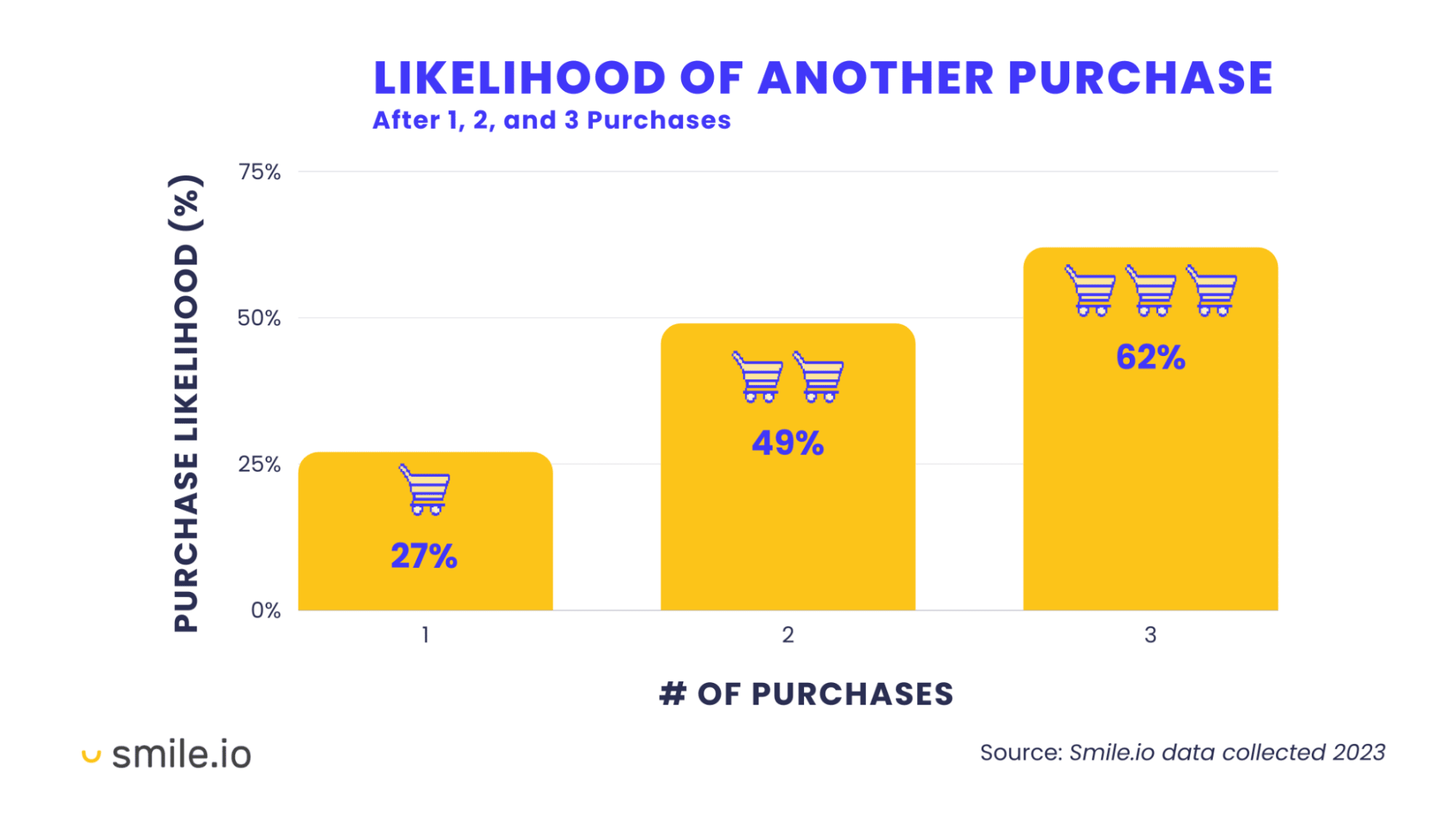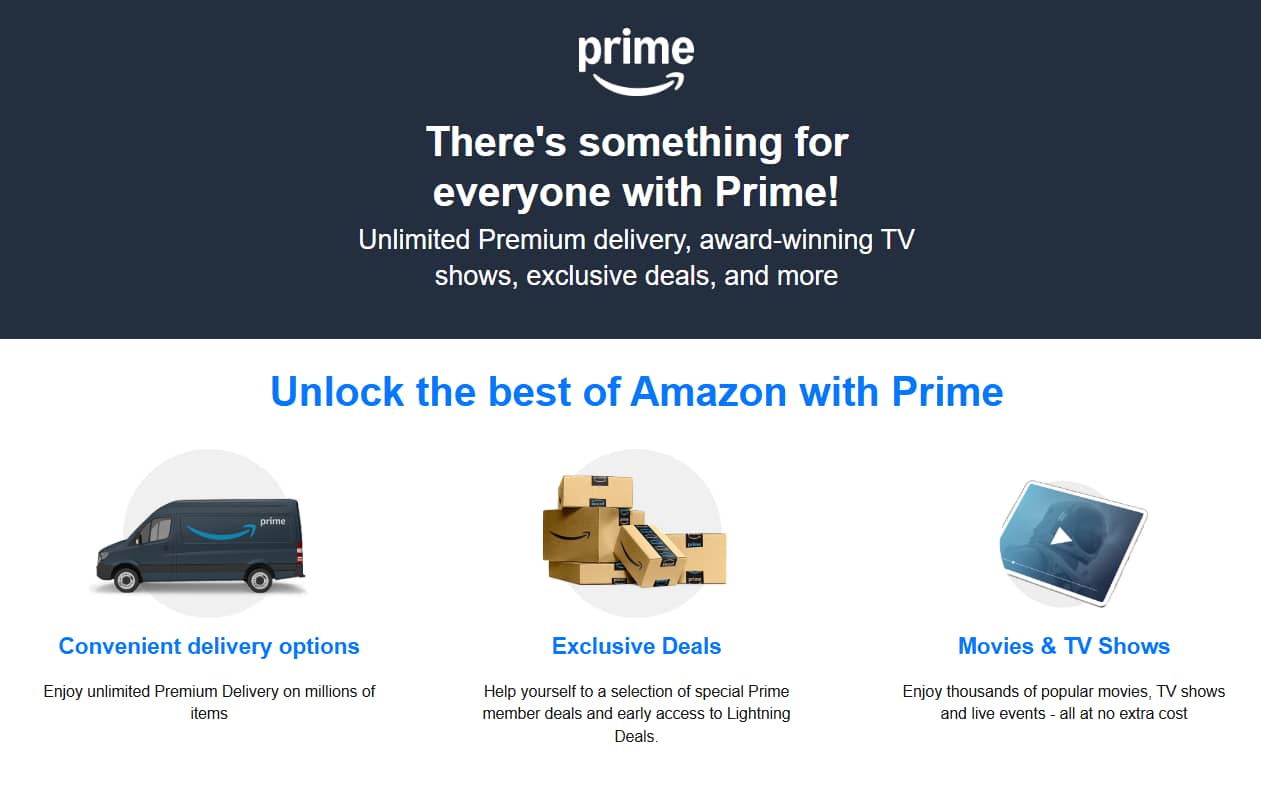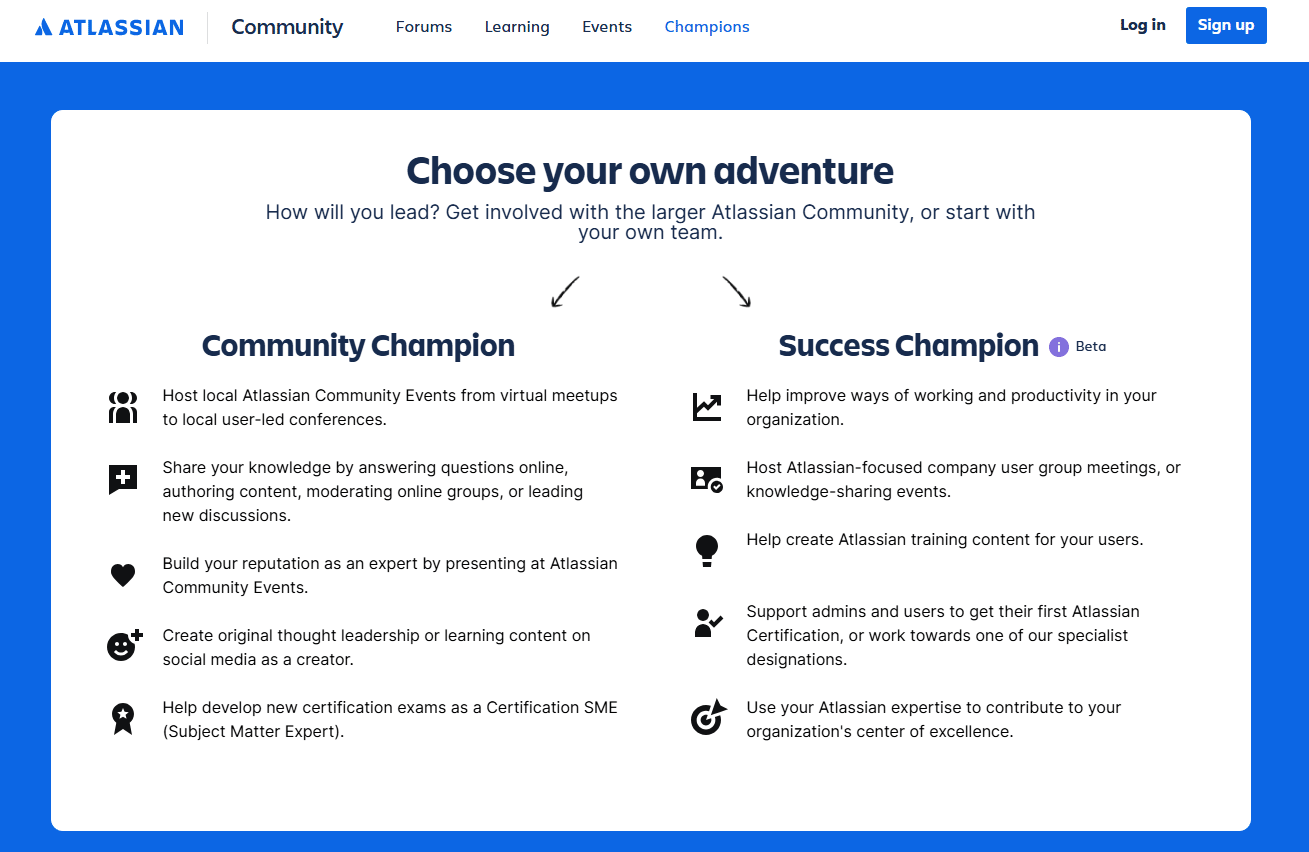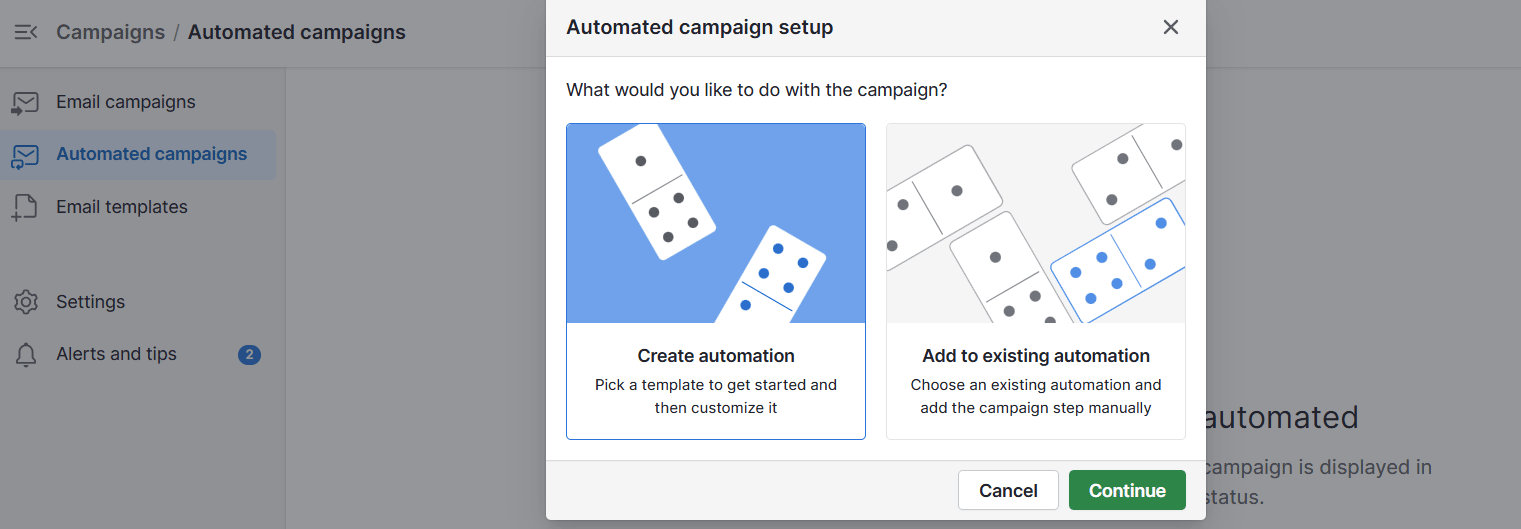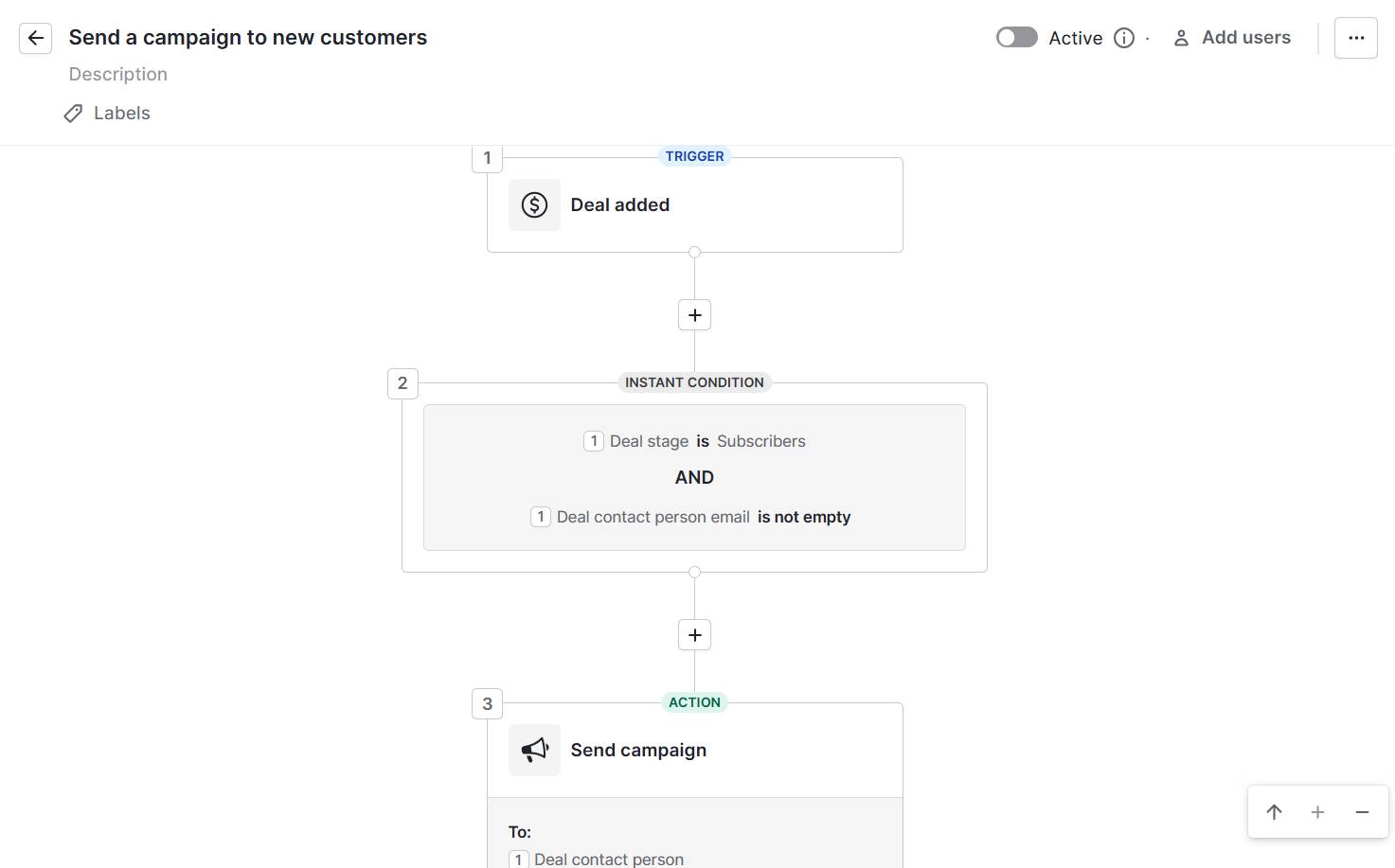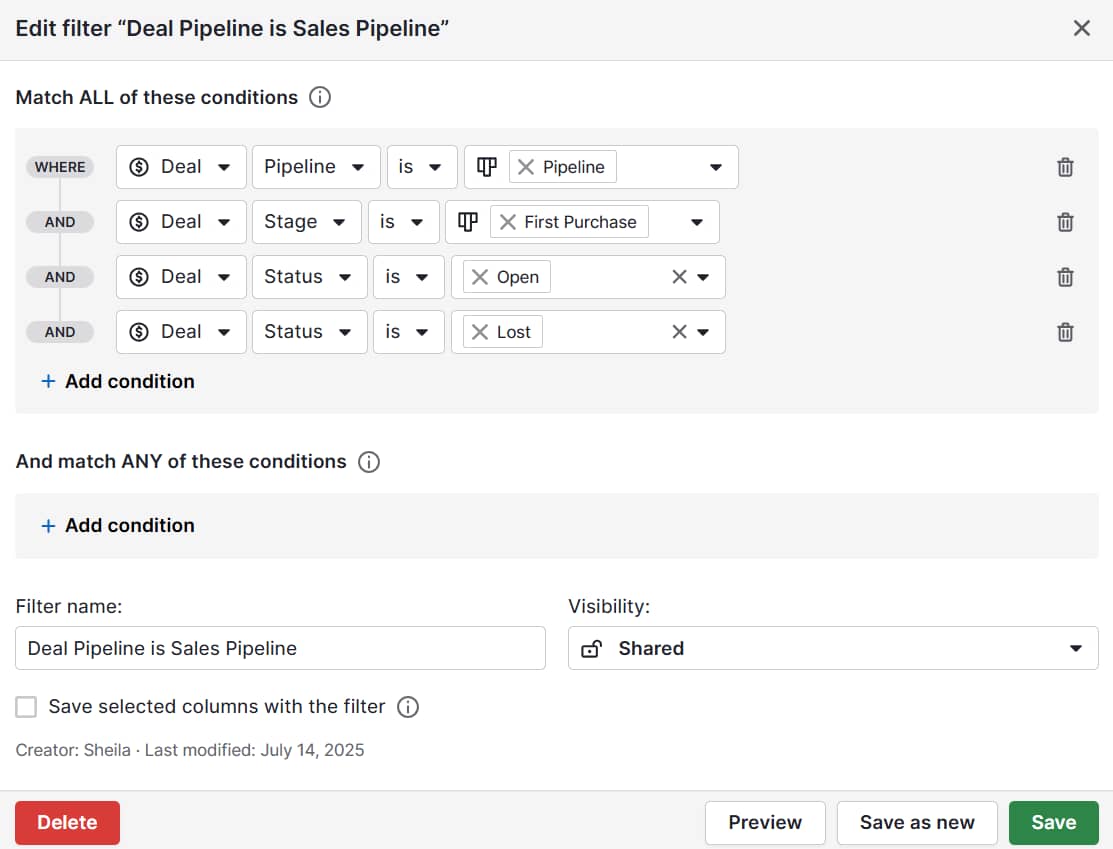For many small business owners, the final few months of the year are critical to nailing a successful year. Part of preparing for this often busy period is understanding the current state of the economy so that you can respond to your customers’ needs. This is where the Xero Small Business Insights (XSBI) program can help you make informed business decisions.
Let’s explore what the latest data means for you.
A mixed bag: Green-shoots, ongoing challenges and a loss of momentum
The latest XSBI data for Australia, New Zealand and the UK was a mixed bag over the September quarter, depending on which country you’re operating in. Australia’s small business economy is showing signs of green shoots, while New Zealand’s remains challenging (but isn’t getting worse), and the UK has lost the positive momentum seen earlier in the year.
Here’s a look at how small businesses are faring in your country:
Australia: Sales grew 5.5% year-on-year (y/y) in the September quarter, following a soft 3.9% y/y rise in the June quarter. The latest quarterly performance is the largest rise in sales in two years. Jobs grew 2.7% year-on-year (y/y) in the September quarter, after a 3.0% y/y rise in the June quarter. As an indicator, jobs lag behind sales (because businesses usually want to see a few months of improving sales before they hire new staff), so this September slowdown could reflect the soft sales performance seen earlier in the year.
New Zealand: Sales grew 1.9% year-on-year (y/y) in the September quarter, after being flat in the June quarter. Normally such a result would be considered soft but it is the best result since the June quarter 2023. The last four months all showed positive sales growth, which is the longest consecutive run of sales growth since mid-2023. Jobs are still weak, at 1.2% lower than a year ago in the September quarter, after a similar fall in the June quarter.
United Kingdom: Sales grew 3.1% year-on-year (y/y) in the September quarter, the smallest rise in a year and a half. This continued the trend in slowing sales growth seen in the June quarter, after a solid 5.7% y/y rise in the March quarter. Jobs grew 1.1% year-on-year (y/y) in the September quarter, after a 1.9% y/y rise in the June quarter. This slowdown in jobs growth likely reflects both softening sales performance and the impact of heightened uncertainty, with business owners reluctant to take on staff when the outlook is so unclear.
Regional spotlights
The XSBI data not only revealed differences between countries but also within them.
Australia: Sales improved in all states and territories in the September quarter, notably in previously soft Victoria (+4.7% y/y) and usually below-average Tasmania (+6.7% y/y) – this was Tasmania’s strongest performance in over two-and-a-half years. However, job growth softened a little across all regions, with Western Australia (+3.9% y/y) and Queensland (+3.5% y/y) seeing the largest rises.
New Zealand: Auckland and Wellington, which have been a drag on national results since early 2024, saw slight sales increases in the September quarter (+0.6% and +0.4% y/y respectively), but job losses continued (Auckland -2.5% y/y, Wellington -4.5% y/y). Canterbury (+4.3% y/y sales, +1.0% y/y jobs) and Otago (+6.3% y/y sales, with jobs flat) continued to be the top performing regions.
United Kingdom: Regional sales and jobs growth moderated across the UK. The South East led (sales +4.0% y/y, jobs +2.6% y/y), followed by East Midlands (sales +3.1% y/y, jobs +2.3% y/y) and North East (sales +3.2% y/y, jobs +2.0% y/y). Wales was the worst performing region (sales +1.8% y/y, jobs -1.8% y/y).
What this means for your business at the end of the year
The latest XSBI data shows that your customers might need some encouragement to spend in the closing months of the year.
Make your business the easiest option for customers: At such a busy time of year, consider how you can make it easier for your customers to buy from you rather than from your competitors. With consumers being more careful about their spending, making the experience simple and convenient is crucial. This means considering everything from training sales staff, adding more payment options and offering special loyalty deals and flexible purchasing channels such as click-and-collect or delivery. Plus, use marketing to connect with customers early, ensuring your business is top-of-mind before this important trading period.
Prepare for busy periods: A busy season tests every business process, from stock management to staff performance to customer experience. Now is the time to make sure these are all running efficiently so that you can be confident there won’t be any unexpected surprises during November and early December that prevent you from making those sales.
Manage cash flow during the Christmas/New Year period: After a busy period, many businesses have a quieter time around Christmas and New Year, which can strain cash flow. Sales may slow down and staff may be on leave, but many of your business bills don’t stop. Proactive planning with your accountant is essential to make sure you have sufficient cash flow to cover costs during this period, particularly during the Southern Hemisphere’s summer holidays.
The end of the year is an important period for many small businesses. Make sure you’re ready to capitalise on these weeks and set your business up for further success in 2026.
You can explore the XSBI data in more detail, including industry breakdowns, on the XSBI website.
The post How understanding the economy can help make for a successful end to the year appeared first on Xero Blog.
